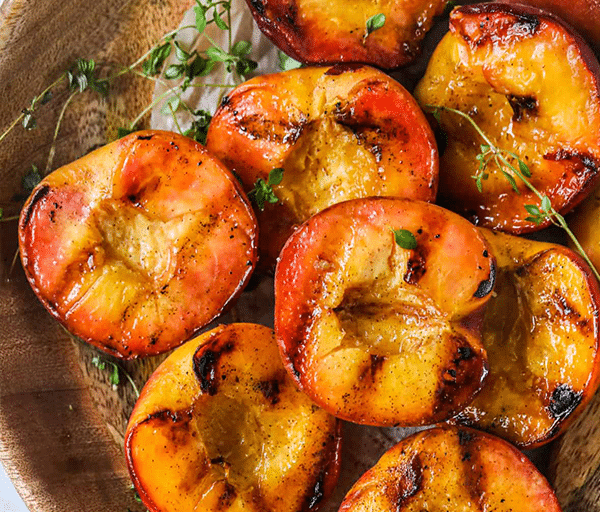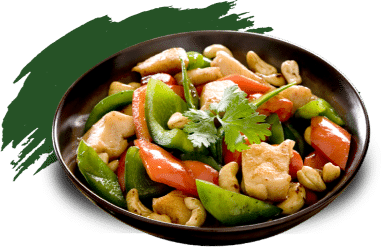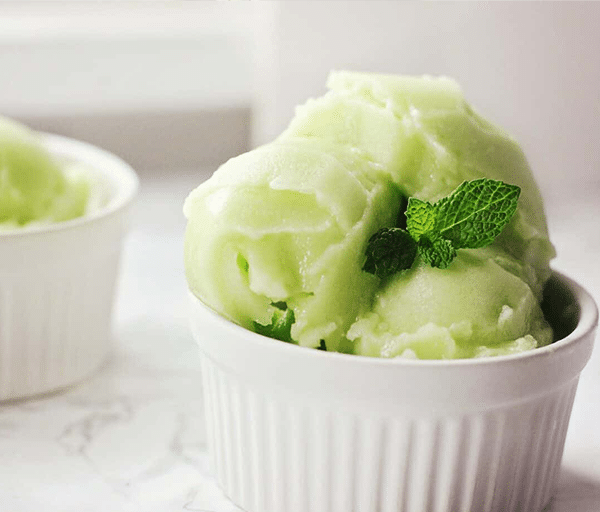Brown Sugar Grilled Peaches

Brown Sugar Grilled Peaches
Sweet grilled peaches are the perfect summer dessert… fresh, full of flavor, and so easy to make!
Prep:
5 mins
Cook:
6 mins
Total:
11 mins
Share this recipe
Ingredients
Peaches – Choose fresh ripe peaches for the best results. If possible, look for freestone peaches because this means the pit can easily be removed. Clingstone peaches are delicious but the pit is harder to remove (see notes on removing the pit below). Apricots, plums, or nectarines can be grilled too!
Sugar – We simply top these with a bit of butter, brown sugar, and cinnamon. The sugar adds sweetness and helps with caramelization to glaze the peaches.
Variations
Any sweetener will do (like honey or white sugar) and any warm spices can be added. Try a bit of ginger or apple pie spice.
Chopped and toasted pecans or walnuts or even a sprinkle of granola will give your grilled peaches a little bit of a crunch.
If you don’t have a grill, you can use a grill pan or even an air fryer.
Whipped cream or even vanilla yogurt makes a sweet and creamy sauce as it melts over grilled peaches. Put them in a bowl with a sprinkle of cinnamon or nutmeg over the top!
Instructions
How to Grill Peaches
Grilled peaches are an easy dessert that you can have on the table in under ten minutes!
- Preheat a gas grill to medium-high heat. If using a charcoal grill, prepare the coals to medium heat.
- Brush the cut side of each peach half (with the pit removed) with the brown sugar mixture in the recipe below.
- Grill peaches with the cut side up for about 3 minutes, then cut side down for between 3-5 minutes until the peaches are tender and the sugar is caramelized.
Enjoy as a Dessert or…
Grilled Peaches stand on their own with their sweet, buttery, brown-sugary taste. They make a great dessert, either alone, or drizzled with caramel sauce or even with a scoop of vanilla ice cream and a sprig of mint!
With Pork: Grilled peaches can also be a great part of a meal! Serve as a fancy side dish next to pork chops.
Share Your Creations
We’d love to see how you use our produce in your recipes! Share your culinary creations with us on social media using #HWProduceRecipes, and join our community of food enthusiasts.





